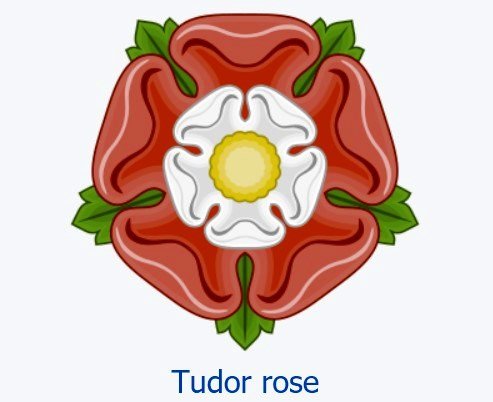Evening all.
A friend of mine found this ring about 12 months ago in the Beechworth region of Victoria.
I am going to put it up in the For Sale section here for him at some stage but he wants to find out a little more about it if he can.
It has a nice flower pattern around the outside but then has a little nugget plonked in the middle of it - even has some quartz for good measure.
Has a Maker's Mark of WHE but I am unable to find anything in an extremely long list of marks.
Due to the area found and the nugget on the top he is guessing it was lost sometime between 1860 and 1920. Possibly made in Beechworth but could really have been made anywhere and brought to the region.
He has a testing kit and it reads as greater than 22K. 9.26 grams in weight.
Would anybody be able to assist with some knowledge re: the Maker's Mark or any other provenance?
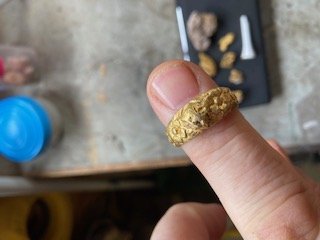
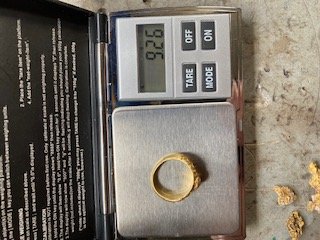
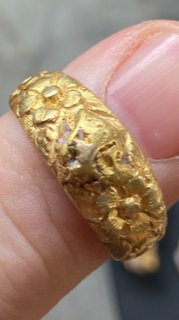
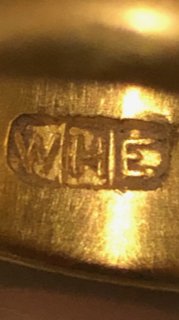
A friend of mine found this ring about 12 months ago in the Beechworth region of Victoria.
I am going to put it up in the For Sale section here for him at some stage but he wants to find out a little more about it if he can.
It has a nice flower pattern around the outside but then has a little nugget plonked in the middle of it - even has some quartz for good measure.
Has a Maker's Mark of WHE but I am unable to find anything in an extremely long list of marks.
Due to the area found and the nugget on the top he is guessing it was lost sometime between 1860 and 1920. Possibly made in Beechworth but could really have been made anywhere and brought to the region.
He has a testing kit and it reads as greater than 22K. 9.26 grams in weight.
Would anybody be able to assist with some knowledge re: the Maker's Mark or any other provenance?








